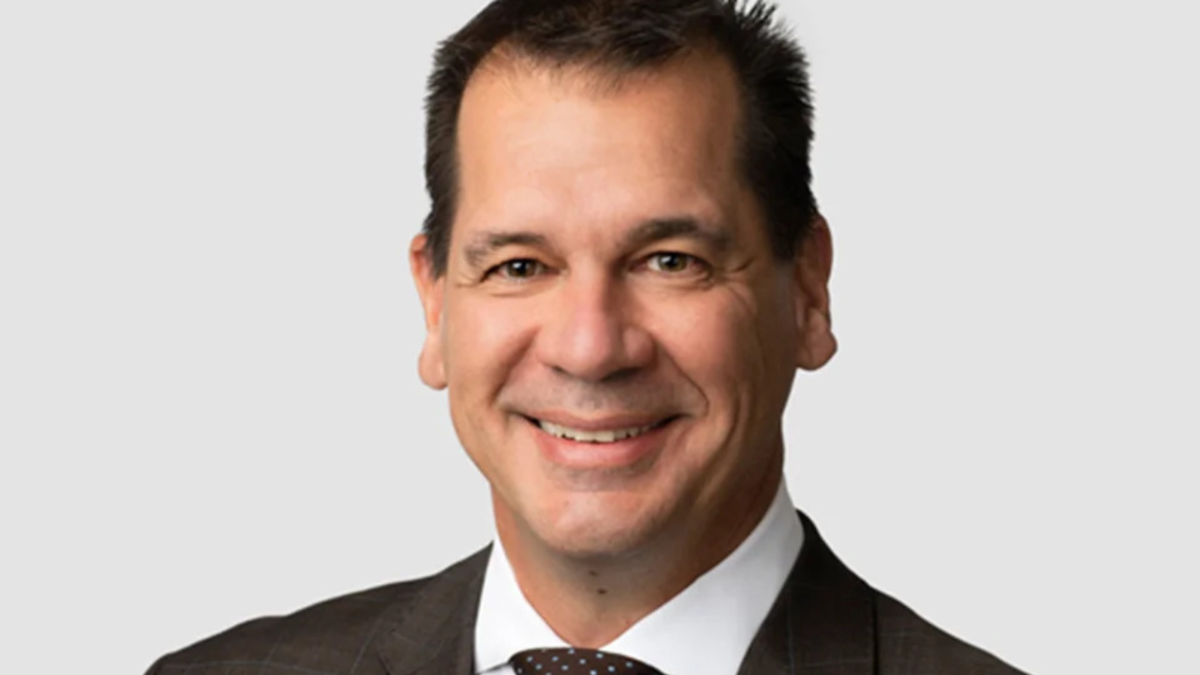Sovereign wealth funds move on emerging markets, cautious on unlisted assets
The past decade has seen a surge in the number of sovereign wealth funds (SWFs), according to a special addition of Invesco’s tenth Global Sovereign Asset Management Study, with their success as drivers of long-term economic development resulting in the establishment of 12 new entities. And with SWFs now collectively managing $33 trillion globally, they’re having to get more adventurous in generating returns.
In 2014, SWFs considered the UK to be the most desirable destination for investment, followed by Germany and the US. While the US has since supplanted the UK as the most desirable destination, new data from the Invesco survey shows SWFs are looking for a “more balanced global exposure”; some feel that they have become overly reliant on returns from the US market – a dynamic that left them vulnerable to the ongoing equity market correction – and emerging markets are set to benefit from the rebalance.
India has now overtaken China as the most popular emerging market for SWFs in the study, having climbed from ninth overall in 2014 to second in 2022. While this is partly because funds with dedicated Asian allocations are trimming their exposure, investors have “commended India’s positive economic reforms and strong demographic profile”.
“Demographic patterns have been a key theme in our recent discussions with sovereigns,” said Martin Franc, Invesco Australia CEO (photo at top). “As very long-term investors, they are generally more comfortable with the political and currency risks often found in countries with rapidly growing populations, which can deter other institutional investors. In particular, these markets are seen as offering long-term opportunities in real estate and infrastructure.”
But despite last year’s regulatory turmoil and the slow pace of economic reopening, China isn’t on the outs with most SWFs.
“Any knee-jerk reaction due to increased tension between China and the West is potentially very short-sighted,” one APAC-based SWF told the survey. “Excluding China from consideration could prove to be a dangerous opportunity cost.”
Other funds are looking further afield.
“The obvious growth engine globally now is Africa,” another APAC-based sovereign fund said. “That’s looking at demographics and the fact Africa also has a lot of natural resources, many of which are compatible with a transition toward a net zero economy and green technology.”
Over the last ten years – and aided by their long-term investment horizons – SWFs have championed private markets investing, with allocations to private equity, real estate and infrastructure increasing from a mere eight per cent in 2013 to 22 per cent in 2022. But while SWFs now manage some US$719 billion in private assets, they’re facing resurgent competition from other large institutional investors and are beginning to question whether they can maintain the pace of investment in the decade to come.
One APAC-based respondent said that the “ever greater demand for private markets… tilts against asset owners in terms of pricing and is likely to create challenges over the long term.”
Still, rising yields could “offer a release valve”. Over the last ten years, the fixed income allocations of liability sovereigns has fallen from 38 per cent to 29 per cent, but this trend could be set to reverse; several survey respondents noted that fixed income is “once again showing defensive, long-term diversification potential”.
There is a term premium returning and in many major markets you can now achieve a nice real interest rate over the long-term which starts to look attractive,” said one APAC respondent.











